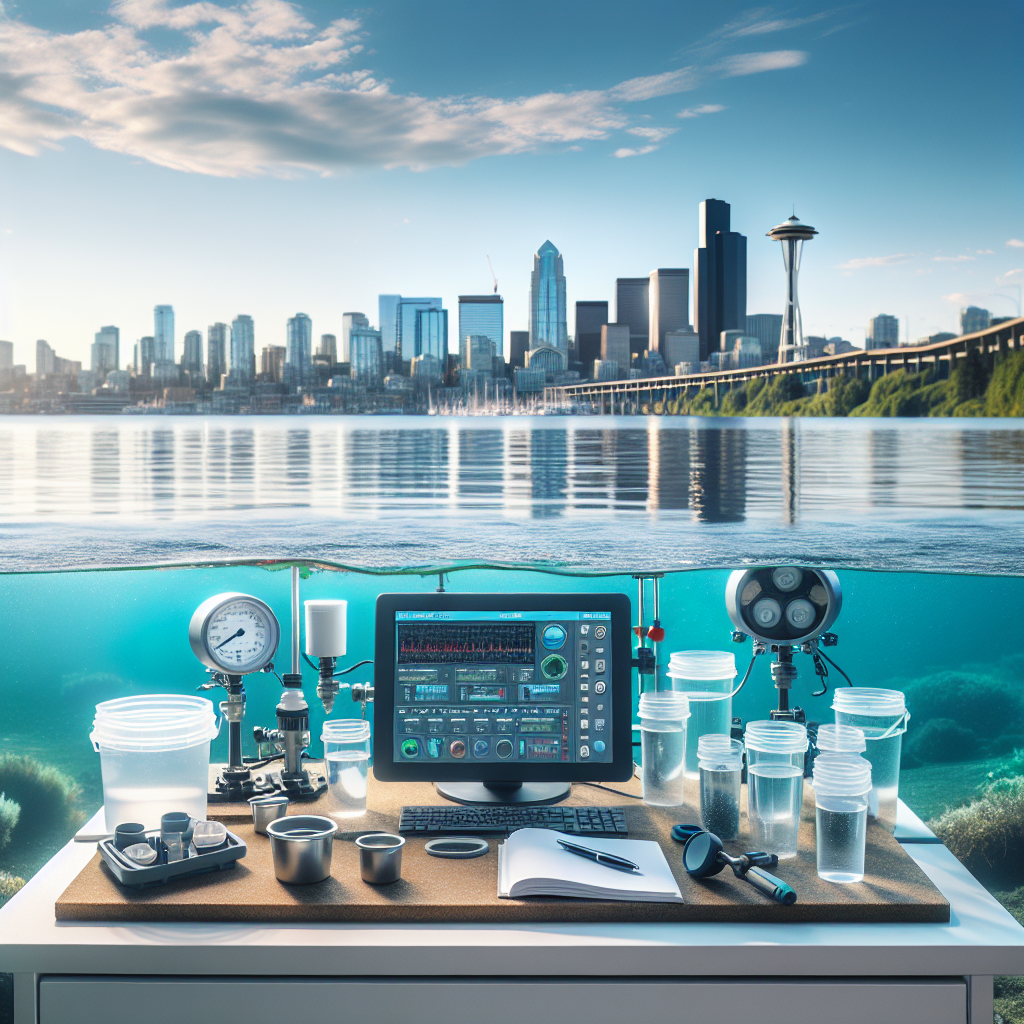Seattle Lakes: Navigating the Challenges of Rising Temperatures and Water Quality

Seattle Lakes: Navigating the Challenges of Rising Temperatures and Water Quality
Seattle's lakes are treasured for their scenic beauty and recreational opportunities. However, recent studies reveal that these aquatic gems are experiencing significant challenges due to rising temperatures and declining water quality.
The Heat is On: Rising Water Temperatures
Water temperature in Seattle's major lakes—Lake Washington, Lake Sammamish, and Lake Union—has been steadily increasing. According to King County Environmental Services, warmer waters impose stress on native fish species like salmon and trout, as these conditions reduce oxygen levels, crucial for their survival.
The University of Washington has documented a consistent rise in water temperatures, noting that surface temperatures in Lake Union have increased by an average of 0.5°C per decade. This trend is largely attributed to climate change and urban heat island effects, which are reshaping our lake ecosystems.
Nutrient Overload: Water Quality Concerns
Seattle's water quality reports, such as those from Seattle Public Utilities, highlight a growing concern about nutrient loading, particularly phosphorus in Lake Sammamish. This nutrient contributes to harmful algal blooms, which degrade water quality and threaten aquatic life.
Moreover, Seattle Times articles emphasize the broader environmental impact, including the proliferation of invasive species that outcompete native flora and fauna, further destabilizing local ecosystems.
Implications for Recreation
For those eager to enjoy Seattle's lakes, these environmental shifts have direct consequences. The King County Recreation Department reports increased algal blooms, prompting more frequent swimming advisories, particularly in the summer. It's wise to check local advisories or use the Seattle Lakes app to monitor real-time conditions before planning a day out on the water.
Addressing the Challenges
To combat these issues, a comprehensive approach is essential. An Environmental Protection Agency (EPA) study underscores the need for integrated water management plans that address climate change, urbanization, and pollution simultaneously. Adaptive strategies can help maintain biodiversity and ensure sustainable recreational use.
Local agencies and universities continuously monitor these parameters, focusing on temperature, nutrient levels, and biological indicators. Understanding seasonal patterns, such as lake stratification during warmer months, is crucial for anticipating and mitigating these impacts.
Practical Steps for Residents and Visitors
- Stay Informed: Use resources like the Seattle Lakes app to check current water conditions.
- Reduce Runoff: Engage in practices that minimize urban runoff, such as planting native vegetation and reducing impervious surfaces.
- Get Involved: Participate in local conservation efforts to support lake health.
Seattle's lakes are a vital part of the city's identity, offering recreational, ecological, and aesthetic benefits. By staying informed and engaged, residents and visitors can help preserve these natural treasures for generations to come.
For more information on specific studies and real-time data, explore resources provided by local environmental agencies and academic institutions specializing in water quality research.